Home>Garden Essentials>How Long To Seed After Weed And Feed
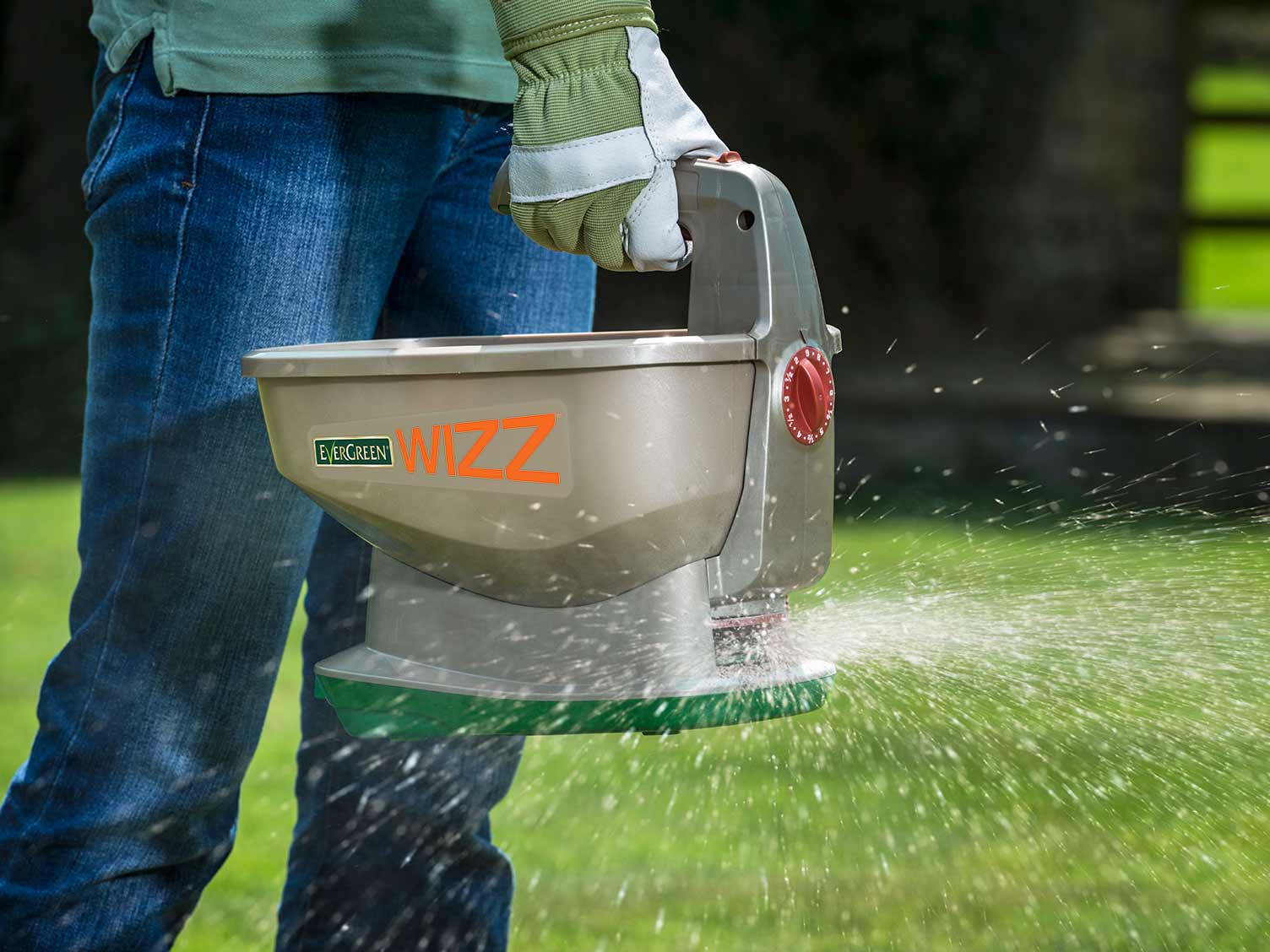

Garden Essentials
How Long To Seed After Weed And Feed
Modified: March 16, 2024
Looking to improve your garden's health? Find out the ideal time to seed after applying weed and feed, ensuring a thriving and lush garden with maximum results.
(Many of the links in this article redirect to a specific reviewed product. Your purchase of these products through affiliate links helps to generate commission for Storables.com, at no extra cost. Learn more)
Introduction
In the world of gardening and lawn care, weed control and fertilization are essential practices to maintain a healthy and vibrant outdoor space. One popular method utilized by gardeners and homeowners is the use of a product known as weed and feed. This two-in-one product combines herbicides to combat unwanted weeds and fertilizers to provide essential nutrients to the grass.
However, while weed and feed products can effectively address weed problems and boost the overall health of your lawn, they can also have an impact on the germination and growth of grass seeds. This raises the question: how long should you wait before seeding after applying weed and feed?
Understanding the relationship between weed and feed application and seeding is crucial to ensure successful lawn care. By grasping the purpose of both practices, considering various factors, and following the ideal timeframe and steps, you can achieve the desired results and a lush green lawn.
In this article, we will delve into the concept of seeding after weed and feed, discussing its purpose, factors to consider, ideal timeframe, and steps to follow for successful seeding. We will also highlight some common mistakes to avoid, helping you navigate through the process seamlessly.
So, if you’re ready to learn more about the ideal time to seed after using weed and feed and how to optimize your lawn care routine, let’s dive in!
Key Takeaways:
- Wait 4-6 weeks after using weed and feed before seeding to ensure the herbicides dissipate and don’t interfere with seed germination. This helps establish a healthy and vibrant lawn.
- Proper soil preparation, choosing the right grass seed, and consistent watering are key for successful seeding after weed and feed. Avoid common mistakes like seeding too early and neglecting product instructions.
Understanding Weed and Feed
Before we delve into the timeframe for seeding after weed and feed, let’s first explore what weed and feed products are and how they work.
Weed and feed is a combination product that contains both herbicides and fertilizers. The herbicides in weed and feed specifically target and eliminate common lawn weeds such as dandelions, clover, and crabgrass. These herbicides work by disrupting the growth and development of weeds, eventually leading to their demise.
On the other hand, the fertilizers in weed and feed provide essential nutrients to the grass, promoting its health and growth. These nutrients include nitrogen (N), phosphorus (P), and potassium (K), which are crucial for the development of strong, green, and lush grass.
The key benefit of using weed and feed products is the convenience they offer. Instead of separate applications for weed control and fertilization, you can tackle both tasks in one go. Weed and feed products are available in various forms, including granules, liquid concentrates, and ready-to-use sprays, making them easily accessible for homeowners and gardeners.
It’s important to note that weed and feed products are designed for use on established lawns, typically not recommended for newly seeded areas. This is because the herbicides in these products can hinder the germination and growth of grass seeds. Consequently, a proper understanding of the relationship between weed and feed and seeding is crucial to achieve successful lawn care outcomes.
Now that we have a basic understanding of weed and feed, let’s move on to discussing the purpose of seeding after weed and feed.
Purpose of Seeding After Weed and Feed
The purpose of seeding after weed and feed is to address any bare or thin areas in your lawn and promote healthy grass growth. While weed and feed products effectively control weeds and provide essential nutrients, they can sometimes result in patchy or bare spots in your lawn. This can be due to the herbicidal properties of weed and feed, which may temporarily inhibit the germination and growth of grass seeds.
Seeding after weed and feed allows you to fill in these bare areas and encourage new grass growth. By introducing fresh grass seeds into the affected areas, you can ensure a full and evenly distributed lawn. Moreover, seeding after weed and feed can help to enhance the overall health and appearance of your lawn.
Another important purpose of seeding after weed and feed is to replenish the grass population in your yard. Weed and feed products, while effective at controlling weeds, can unintentionally impact some grass species as well. Seeding after weed and feed can help to offset any damage caused to the existing grass and maintain a diverse and robust lawn.
Additionally, seeding after weed and feed is also a preventive measure against future weed infestations. By establishing a thick, healthy lawn through seeding, you create a natural barrier that can inhibit weed growth and minimize the need for extensive herbicide application.
Overall, the purpose of seeding after weed and feed is to restore and rejuvenate your lawn, filling in any bare areas and promoting healthy grass growth. It allows you to address any damage caused by weed and feed products while preventing future weed problems. Now, let’s explore the factors to consider before seeding after weed and feed.
Factors to Consider Before Seeding
Before seeding your lawn after applying weed and feed, there are several important factors to consider. These factors will play a crucial role in determining the success of your seeding efforts and the overall health of your lawn. Let’s explore these factors in more detail:
1. Product Instructions: Review the instructions on the weed and feed product you used. Some products may have specific guidelines or waiting periods before seeding. Following these instructions is essential to avoid any potential interference between the herbicides and the grass seeds.
2. Herbicide Residual Effect: Some herbicides used in weed and feed products can have a residual effect in the soil. This residual effect can inhibit the germination and growth of grass seeds. It’s important to understand how long the herbicide’s residual effect may last and factor this into your seeding timeline.
3. Weed Control Needs: Assess the level of weed control needed in your lawn. If your lawn has excessive weed growth or infestation, it may be necessary to prioritize weed control over seeding. In this case, you may need to delay seeding until the weeds are adequately controlled.
4. Grass Type: Consider the type of grass you have in your lawn. Different grass species have varying germination rates and tolerance to herbicides. It’s important to choose grass seed that is suitable for your specific grass type to ensure successful establishment.
5. Weather Conditions: Monitor the weather conditions in your area. Ideally, you should aim to seed when the weather is favorable for grass seed germination, such as during moderate temperatures and sufficient moisture. Extreme heat or cold, as well as drought conditions, can negatively impact seed germination and growth.
6. Timing: Consider the timing of applying the weed and feed product. In general, it’s best to wait at least 4-6 weeks after applying weed and feed before seeding. This allows sufficient time for the herbicides to dissipate and minimizes the risk of interference with seed germination.
By taking these factors into account, you can make informed decisions about the best time to seed after weed and feed. Remember that each lawn is unique, so it’s essential to evaluate your specific situation and consult any product instructions or professional advice if needed. Now, let’s move on to discussing the ideal timeframe for seeding after weed and feed.
Wait at least 4 weeks after applying weed and feed before seeding your lawn. This allows the herbicide to work and prevents it from affecting the new grass seed.
Ideal Timeframe for Seeding After Weed and Feed
Determining the ideal timeframe for seeding after applying weed and feed is crucial to ensure successful establishment of grass seeds. While the specific timeframe may vary depending on factors such as product instructions, herbicide residual effects, and weather conditions, there are some general guidelines to follow.
In most cases, it is recommended to wait 4-6 weeks after applying weed and feed before seeding. This timeframe allows ample time for the herbicides to dissipate and minimizes the risk of interference with seed germination. Waiting this duration helps ensure that the soil is ready to support new seed growth and prevents any potential damage to the emerging grass.
However, it’s important to note that this timeframe is not set in stone. Factors such as the type of herbicides used, the grass species in your lawn, and regional climate variations can all influence the waiting period. Therefore, always read and adhere to the specific instructions provided by the weed and feed product manufacturer.
Additionally, pay attention to the condition of your lawn. If you notice significant weed growth or bare patches that require immediate attention, you may need to prioritize weed control over seeding. In such cases, it may be necessary to delay seeding until the weed issue is under control.
Moreover, consider the season when planning your seeding after weed and feed. The ideal time to seed your lawn is during the optimal growing season for your grass type. For cool-season grasses, early fall or early spring when temperatures are moderate and rainfall is more consistent is typically the best time. Warm-season grasses, on the other hand, should be seeded in late spring or early summer when soil temperatures are warm.
Weather conditions also play a crucial role in successful seed germination and establishment. Aim to seed during a period of moderate temperatures and sufficient moisture. Avoid seeding during extreme heat, cold snaps, or drought conditions, as these can hinder seed germination and growth.
By considering the factors mentioned above and adapting them to your specific lawn and climate, you can determine the ideal timeframe for seeding after weed and feed. This will give your grass seeds the best chance to thrive and result in a healthy and vibrant lawn. Now, let’s move on to the steps to follow for successful seeding after weed and feed.
Steps to Follow for Successful Seeding
Seeding your lawn after applying weed and feed requires careful planning and execution to ensure successful establishment of the grass seeds. Follow these steps to give your seeds the best chance for healthy growth:
1. Prepare the Soil: Begin by preparing the soil in the areas where you plan to seed. Remove any debris, rocks, or other obstacles that may impede seed germination. Loosen the soil using a garden rake or tiller to create a loose and crumbly surface that will facilitate root penetration.
2. Test and Amend the Soil (if needed): Conduct a soil test to assess the nutrient levels and pH. Based on the results, amend the soil with organic matter or fertilizer to provide a favorable environment for seed germination. Follow the recommended application rates and methods specified by the soil test results.
3. Choose the Right Grass Seed: Select grass seed that is suitable for your specific lawn conditions and preferences. Consider factors such as sun exposure, soil type, and climate to determine the best grass species or seed blend. Consult with local garden centers or experts for guidance on the most suitable grass seed for your region.
4. Seed Application: Follow the instructions on the grass seed packaging for seeding rates and application methods. Use a spreader to evenly distribute the seeds over the desired areas. To ensure good seed-to-soil contact, lightly rake the seeds into the soil or gently press them down using a lawn roller.
5. Watering Schedule: After seeding, water the freshly sown areas thoroughly. Keep the soil consistently moist but not saturated. Watering two to three times a day for short durations is often recommended to prevent the soil from drying out. As the grass seeds germinate and establish, gradually reduce the frequency and increase the duration of watering.
6. Fertilize (if needed): Depending on the nutrient content of your soil and the grass seed variety, you may choose to fertilize the newly seeded areas. Opt for a slow-release or starter fertilizer specifically formulated for new grass seedlings. Follow the manufacturer’s instructions for application rates and timing.
7. Monitor and Maintain: Keep a close eye on the germination progress of the grass seeds. Once the seedlings have established, adjust your lawn maintenance practices accordingly. Regularly mow the grass, ensuring not to remove more than one-third of the grass height at one time. Follow a proper watering schedule and maintain a consistent care routine to promote healthy growth.
Remember, successful seeding after weed and feed requires patience and careful attention to detail. By following these steps and adapting them to your specific lawn conditions, you can set your grass seeds up for success and achieve a lush and vibrant lawn. Now, let’s explore some common mistakes to avoid during the seeding process.
Common Mistakes to Avoid
While seeding after weed and feed can be a straightforward process, there are a few common mistakes that you should avoid to ensure the best possible results and the establishment of a healthy lawn. Let’s take a look at some of these mistakes:
1. Seeding Too Early: One common mistake is seeding too soon after applying weed and feed. It’s essential to allow sufficient time for the herbicides to dissipate and minimize any potential interference with seed germination. Waiting 4-6 weeks after weed and feed application is generally recommended.
2. Not Following Product Instructions: Neglecting to read and follow the instructions provided by the weed and feed product manufacturer can lead to unintended consequences. Each product may have specific guidelines and waiting periods for seeding. Make sure to carefully read and adhere to these instructions for optimal results.
3. Over-Seeding or Under-Seeding: Proper seeding rates are crucial for successful grass establishment. Over-seeding can result in thin and weak turf, while under-seeding may lead to bare patches. Follow the recommended seeding rates specified on the grass seed packaging to achieve a well-balanced lawn.
4. Poor Soil Preparation: Inadequate soil preparation can hinder seed germination and root establishment. Ensure that the soil is properly prepared by removing debris, loosening the soil, and amending with organic matter or fertilizer if necessary. A well-prepared soil provides an optimal environment for seedling growth.
5. Inconsistent Watering: Inconsistent or improper watering is a common mistake that can hamper seed germination and the success of grass establishment. Seeds need consistent moisture to grow, so maintain a regular watering schedule to keep the soil consistently moist but not waterlogged. Avoid allowing the soil to dry out or keeping it overly saturated.
6. Neglecting Regular Maintenance: Failing to provide proper maintenance after seeding can impede the growth and health of the newly established grass. Regularly mow the lawn, follow a proper watering schedule, and address issues promptly to ensure the continuing health of your lawn.
7. Skipping Soil Testing and Analysis: Conducting a soil test and analysis can provide valuable insights into the nutrient composition and pH levels of your soil. Skipping this step can result in fertilizer or nutrient imbalances, affecting the growth and health of your lawn. Take the time to understand and address the specific needs of your soil.
By avoiding these common mistakes and implementing best practices for seeding after weed and feed, you can maximize the chances of successful grass establishment and enjoy a lush and healthy lawn. Now, let’s wrap up our discussion.
Conclusion
Seeding after weed and feed is a crucial step in maintaining a healthy and vibrant lawn. Understanding the relationship between weed and feed products and seeding is essential for successful lawn care. By considering factors such as product instructions, herbicide residual effects, grass type, weather conditions, and timing, you can determine the ideal timeframe for seeding after weed and feed.
Following the steps for successful seeding, including preparing the soil, choosing the right grass seed, proper application, maintaining adequate moisture levels, and monitoring the progress, will increase the chances of establishing a lush and healthy lawn. Remember to avoid common mistakes such as seeding too early, neglecting product instructions, over- or under-seeding, poor soil preparation, inconsistent watering, and neglecting regular maintenance.
By taking a thoughtful and proactive approach to seeding after weed and feed, you can effectively address bare or thin areas in your lawn, promote healthy grass growth, and create a beautiful outdoor space. Whether you’re a seasoned gardener or a homeowner looking to improve the appearance of your lawn, following these guidelines will set you on the path to success.
Remember, every lawn is unique, and it’s essential to adapt these guidelines to your specific lawn conditions and seek guidance from local experts or professionals if needed. With proper care, attention, and patience, you can achieve a thriving and resilient lawn that you can enjoy for years to come.
Frequently Asked Questions about How Long To Seed After Weed And Feed
Was this page helpful?
At Storables.com, we guarantee accurate and reliable information. Our content, validated by Expert Board Contributors, is crafted following stringent Editorial Policies. We're committed to providing you with well-researched, expert-backed insights for all your informational needs.
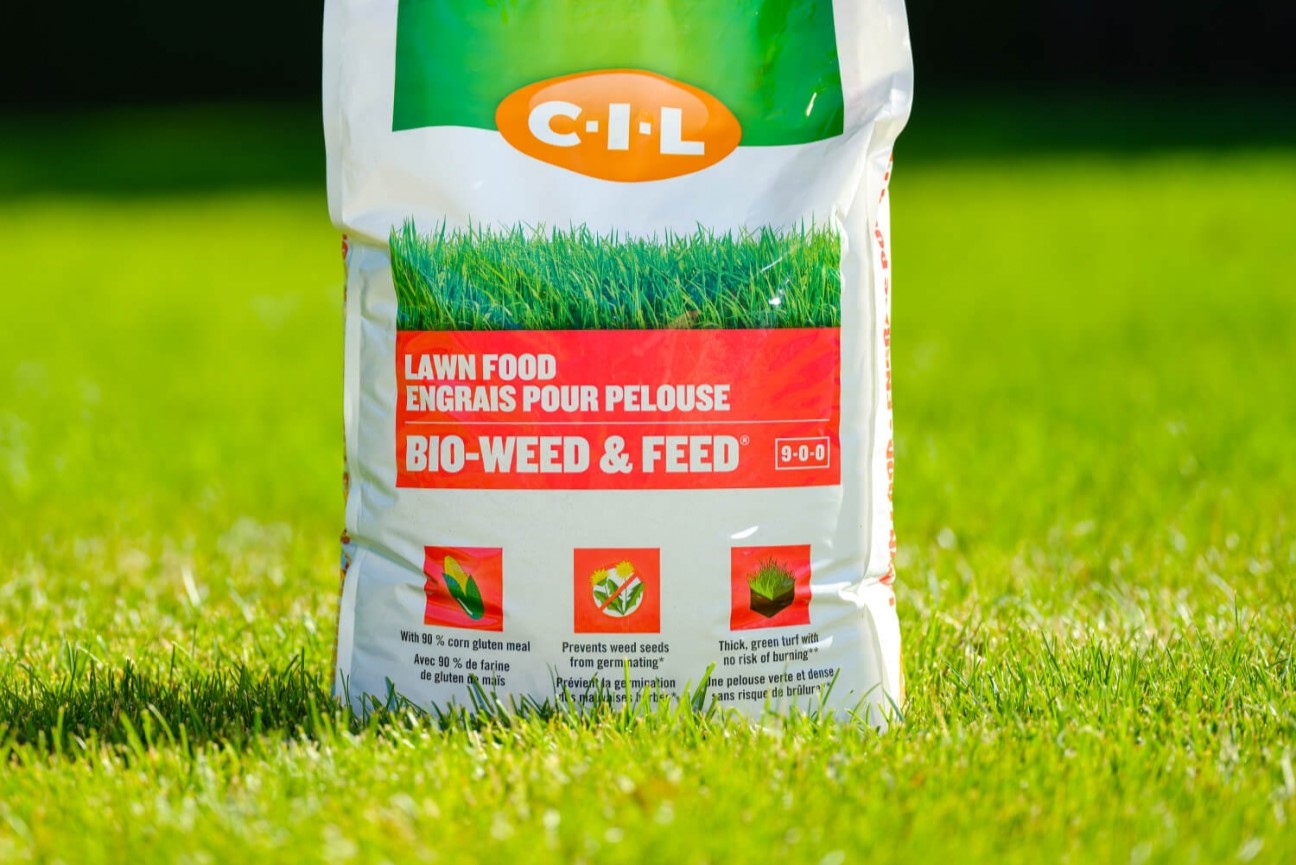
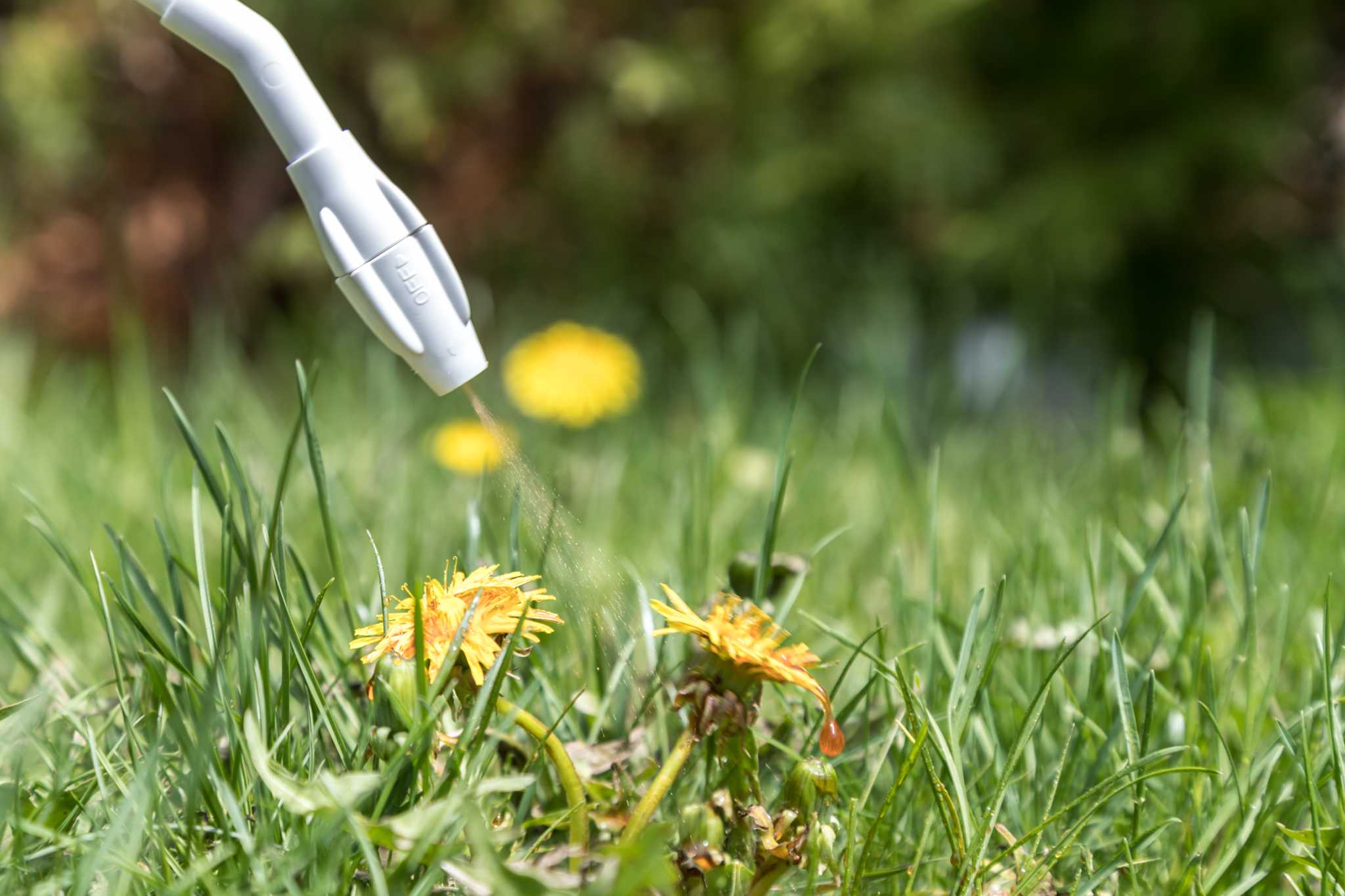
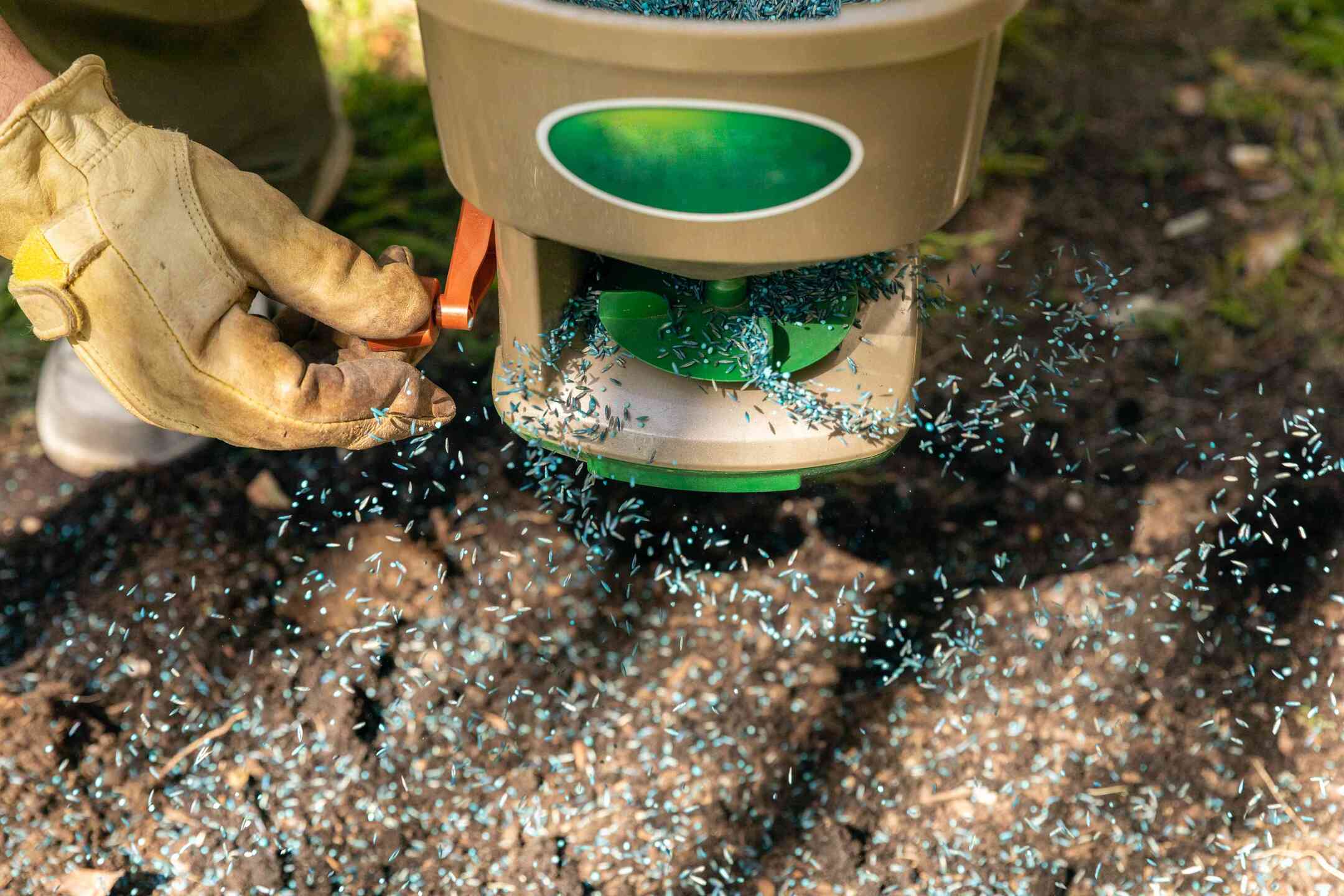
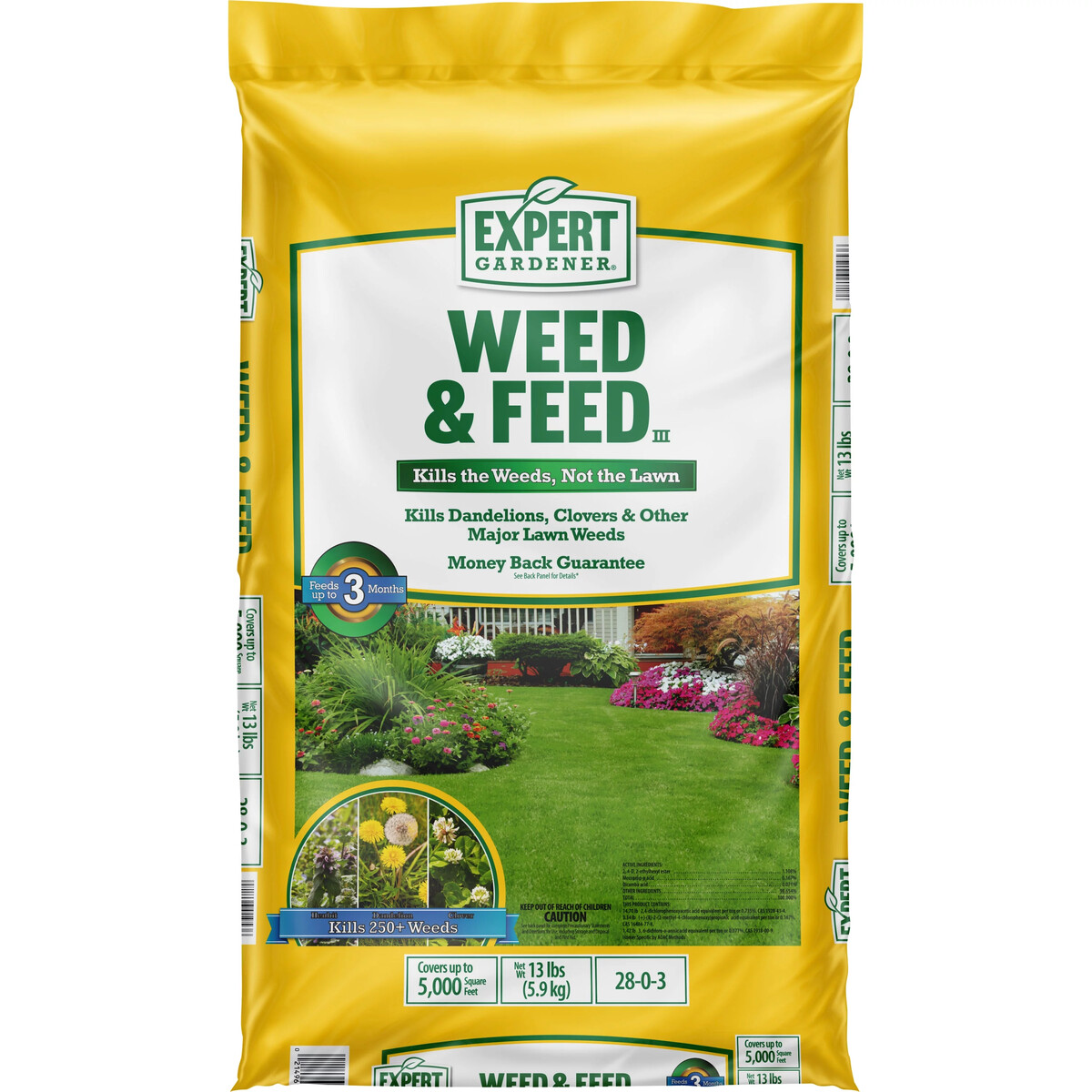
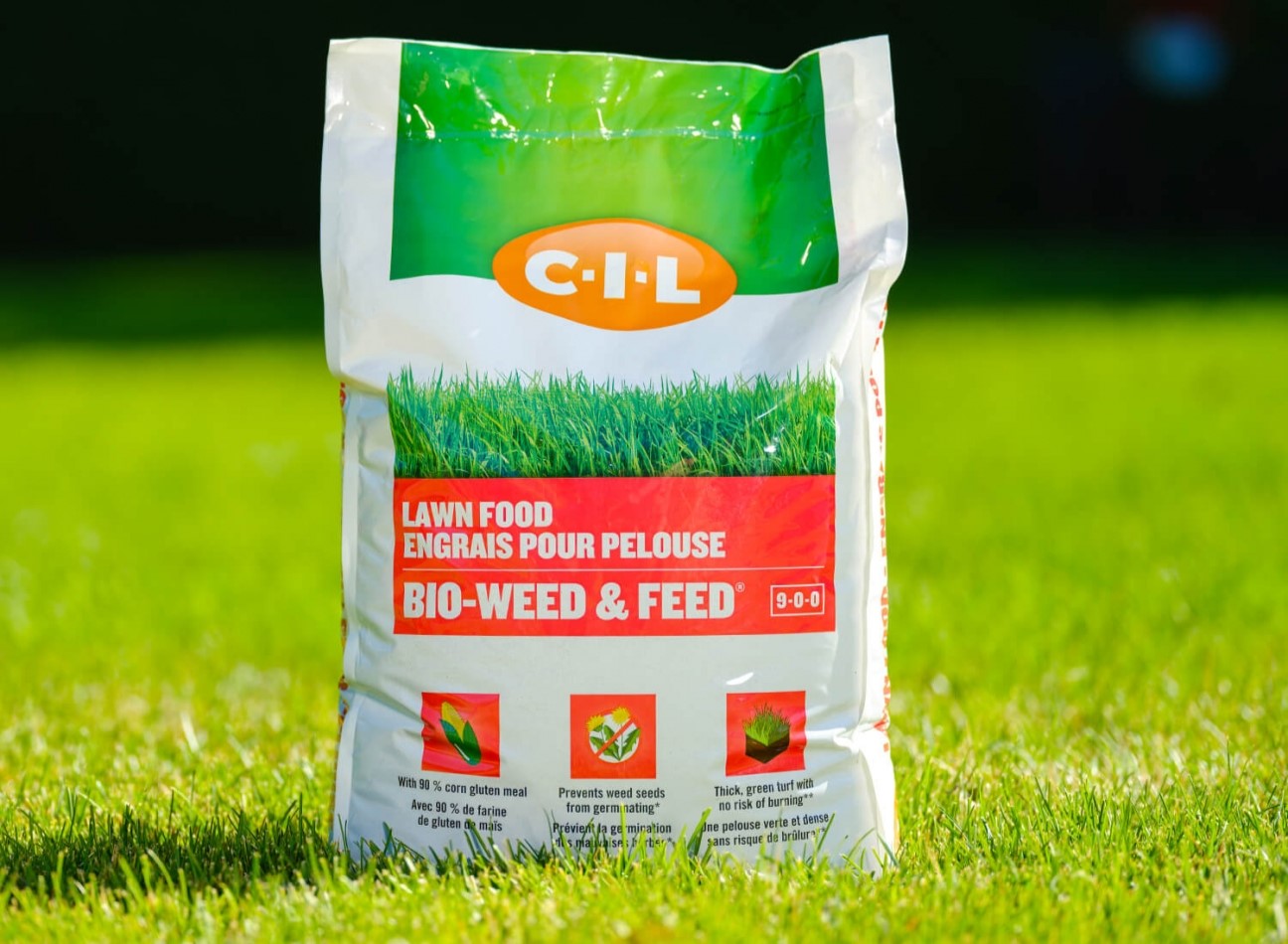
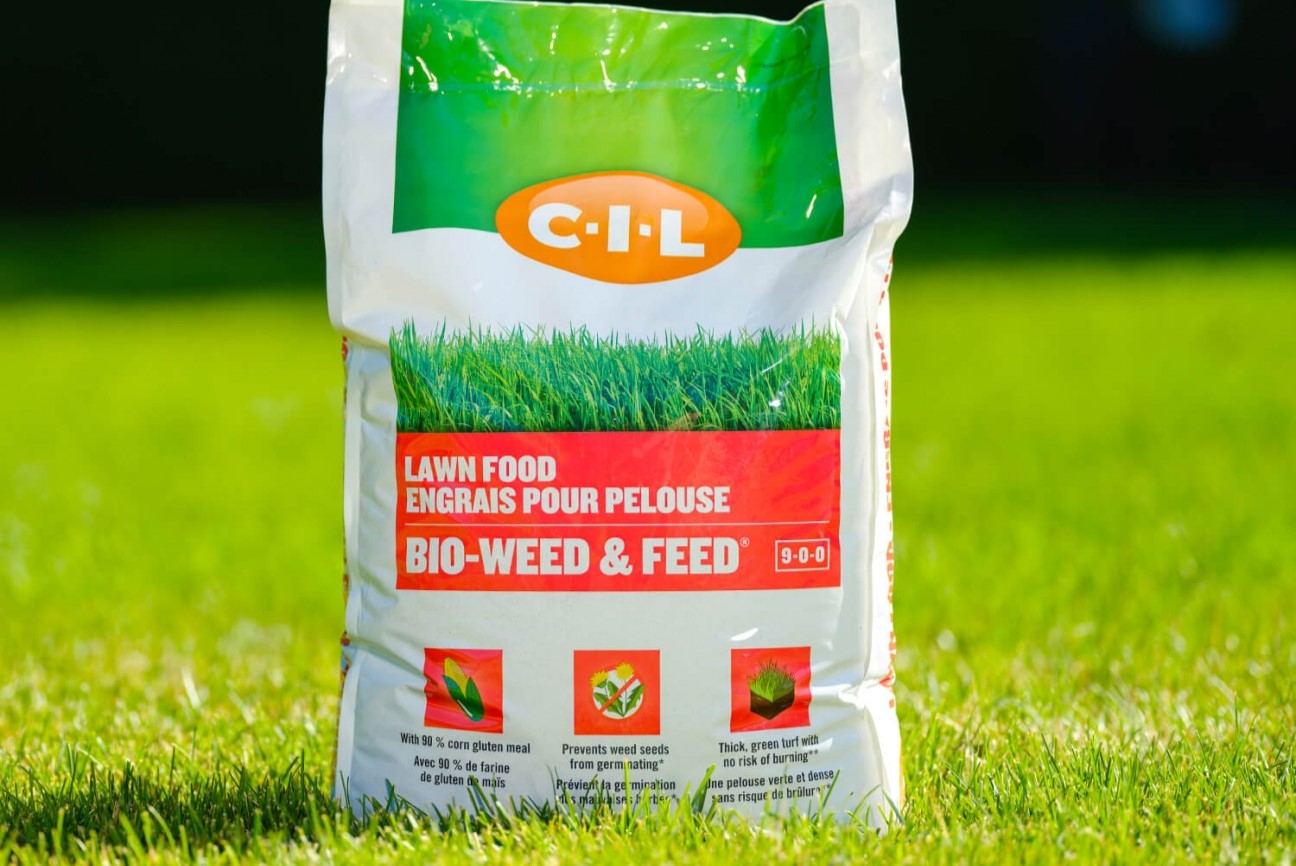
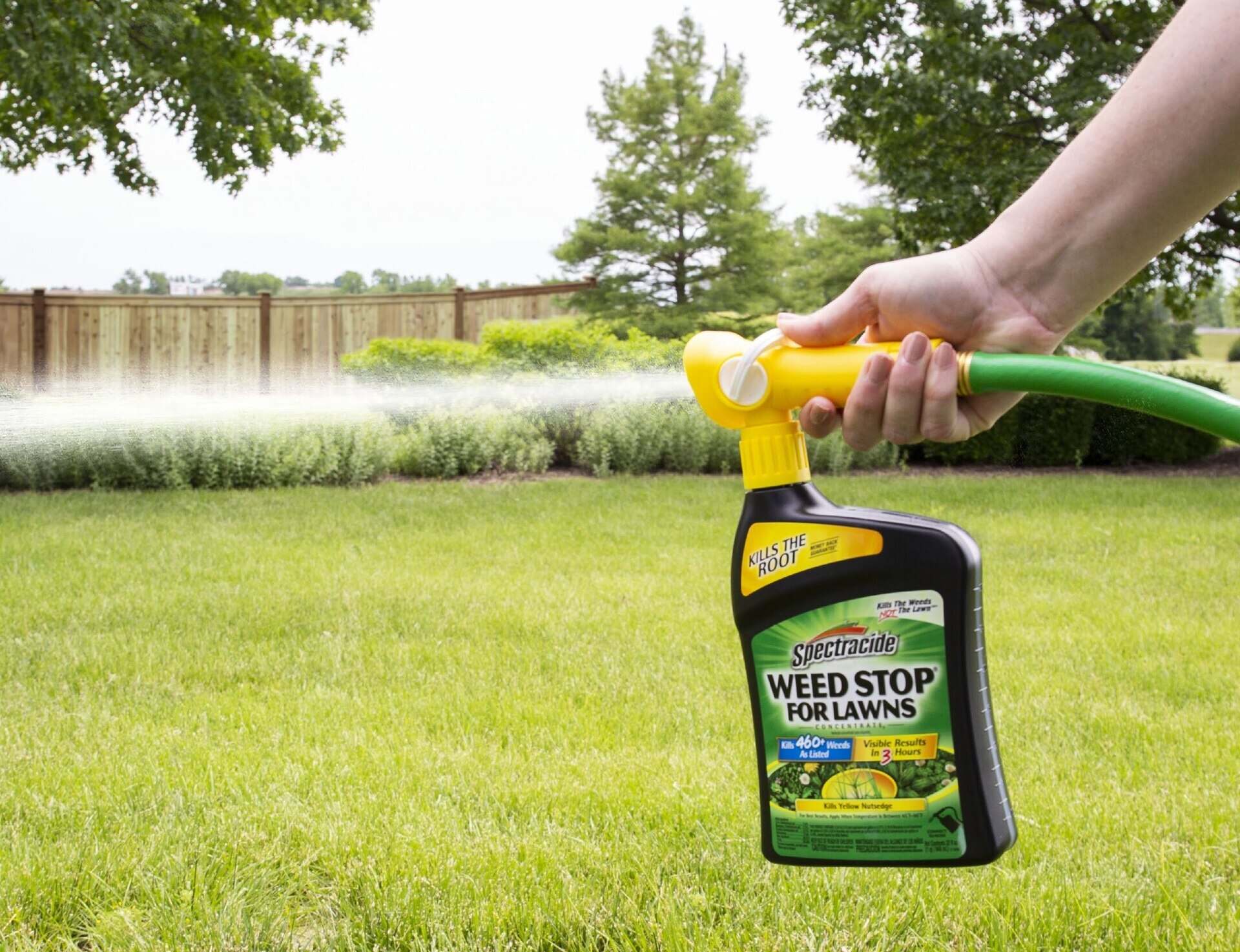
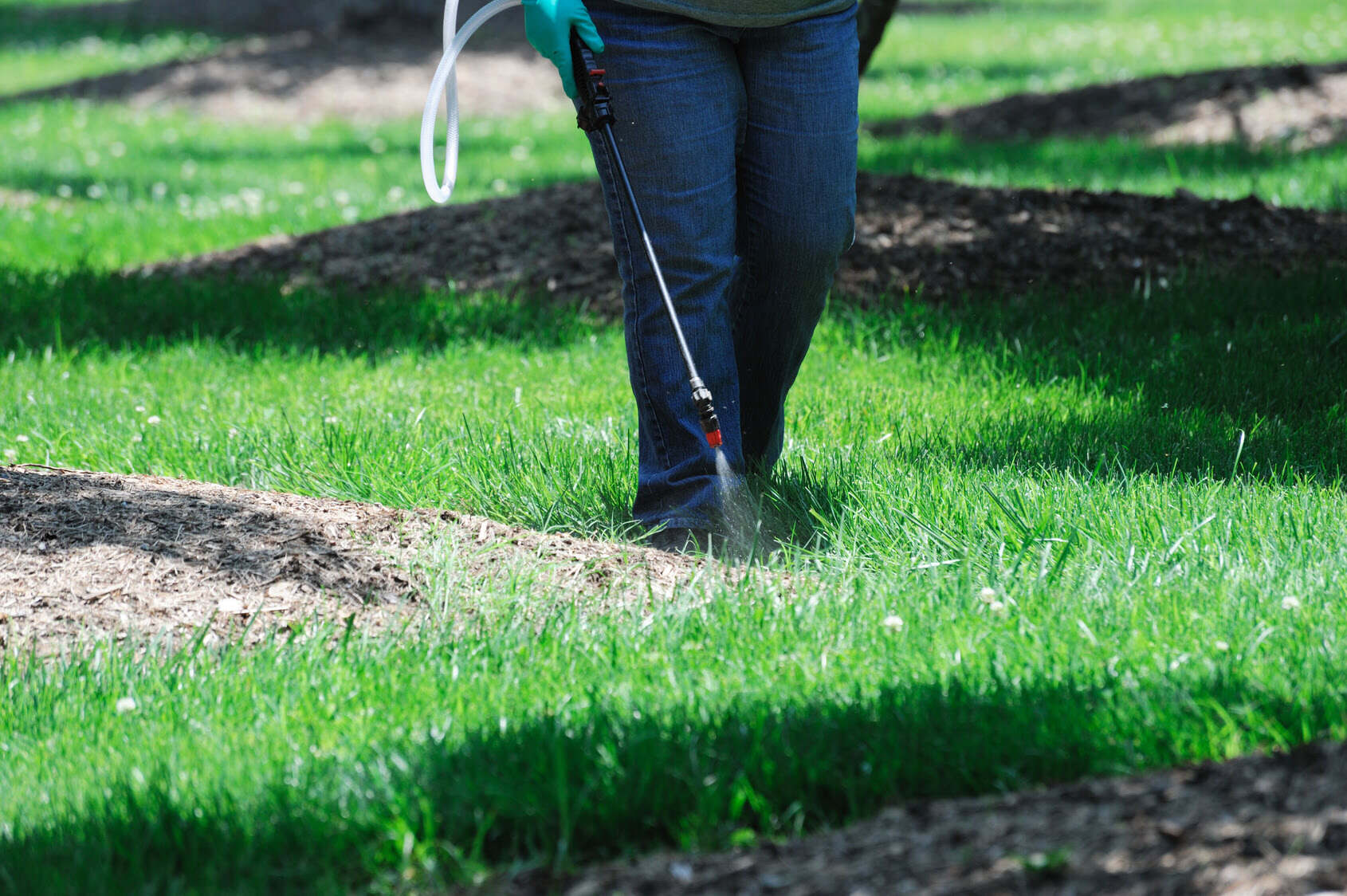
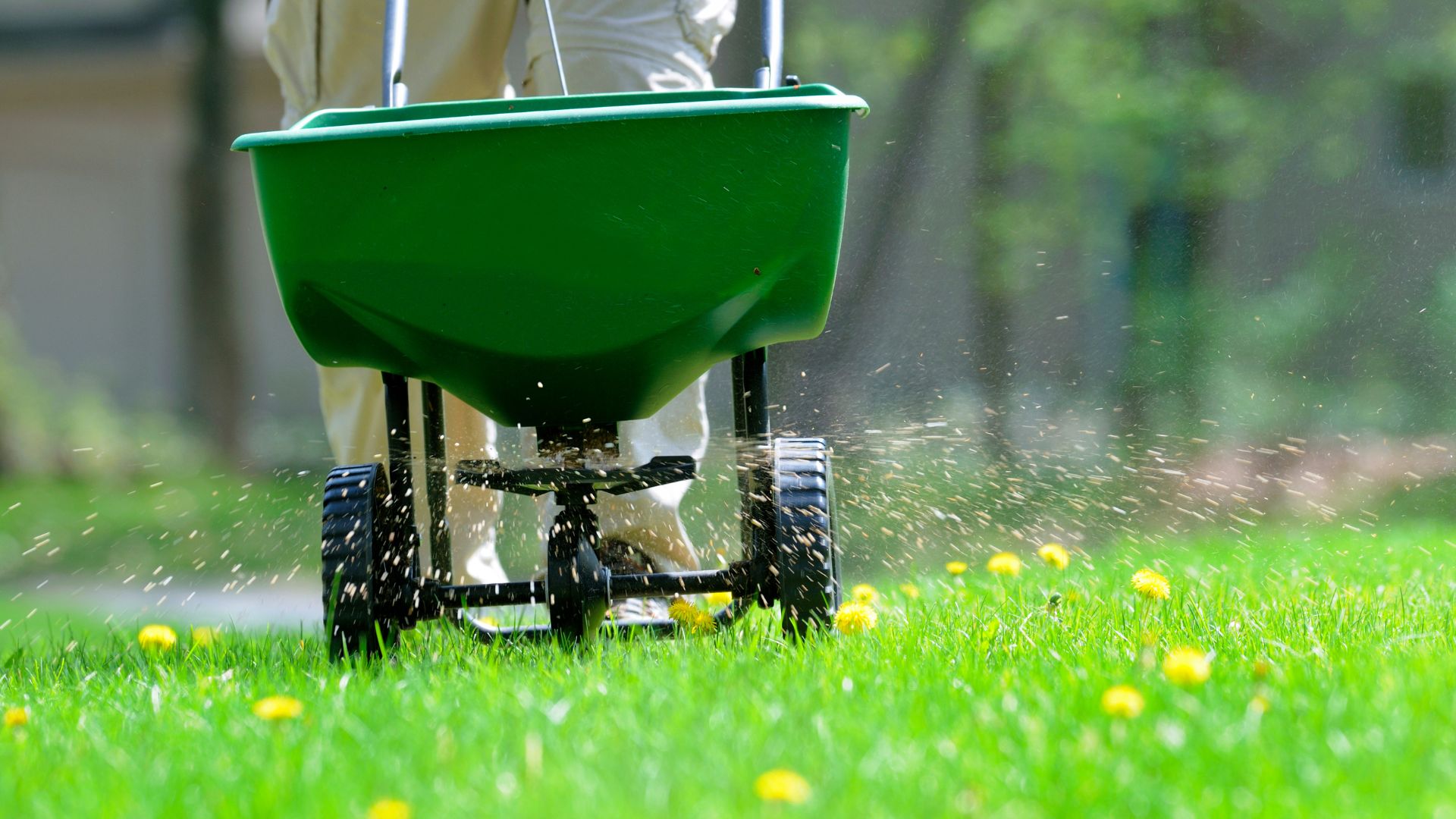
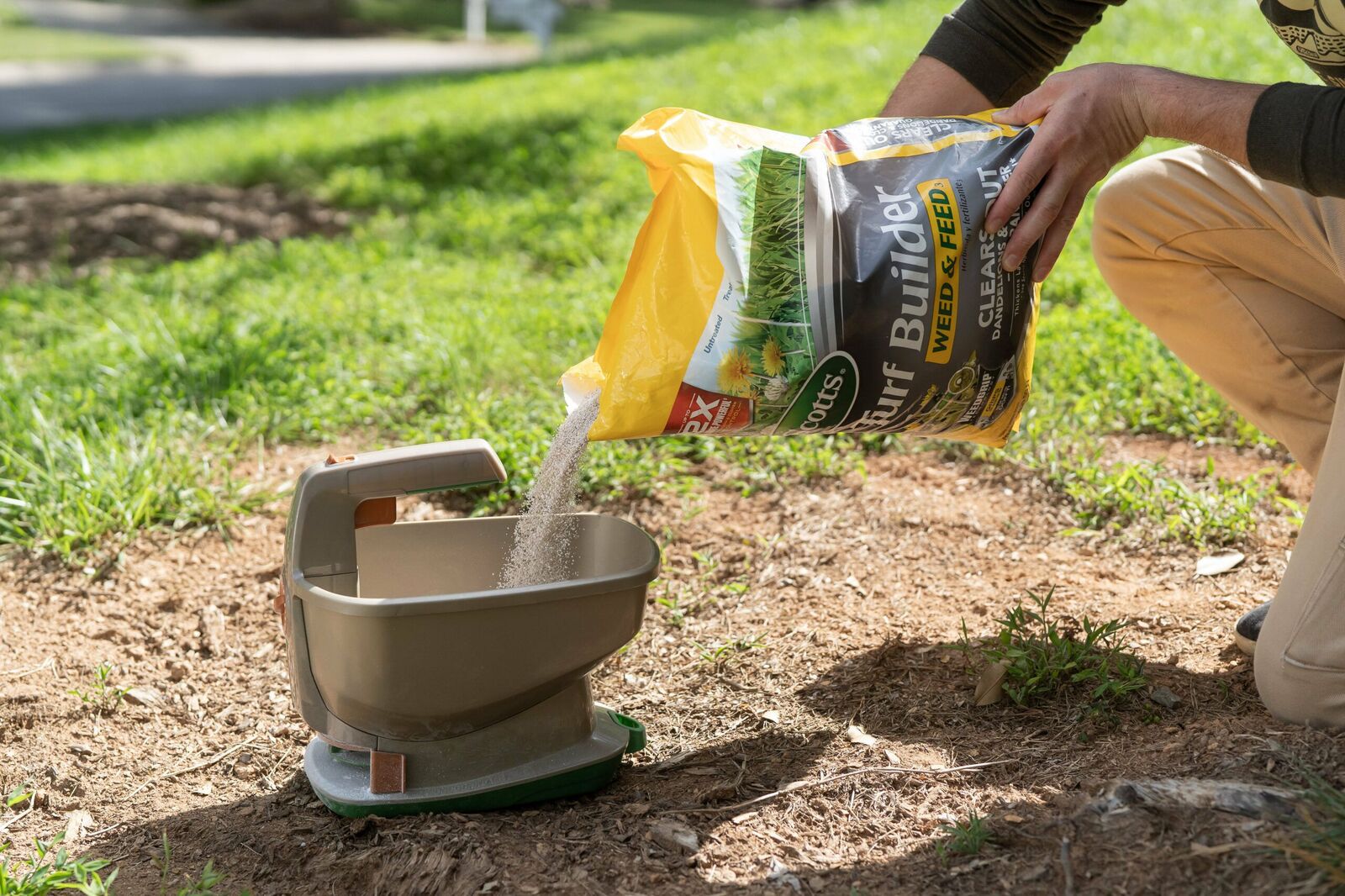
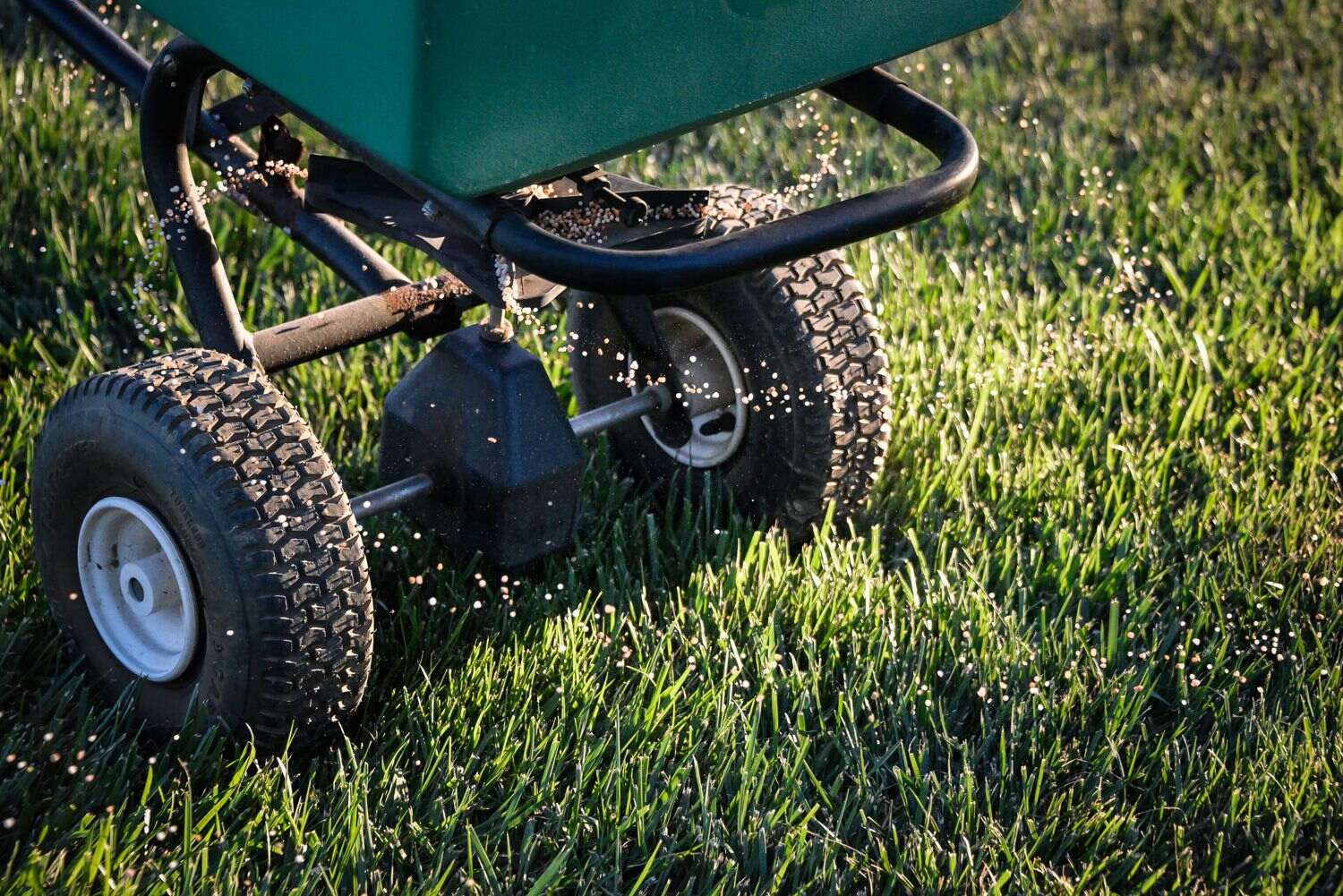
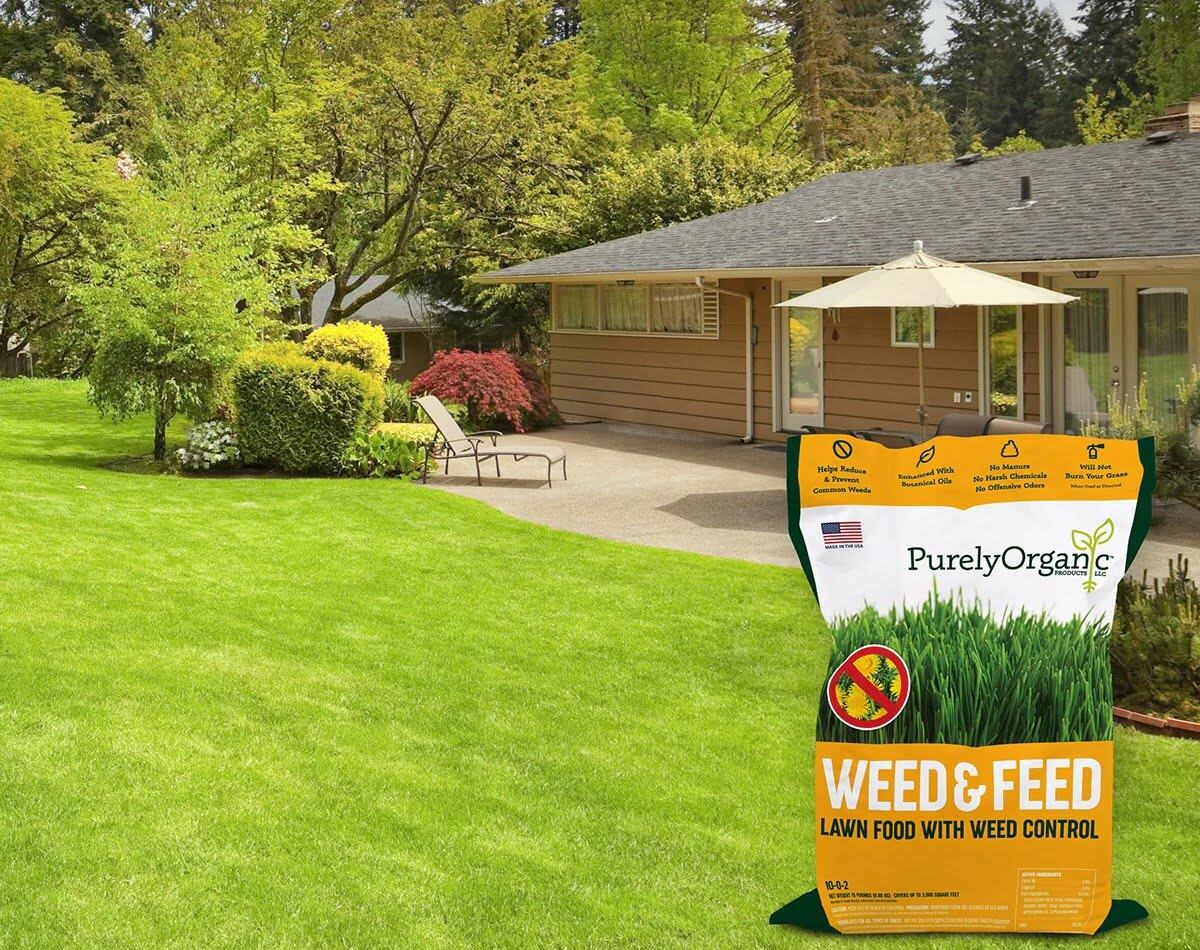
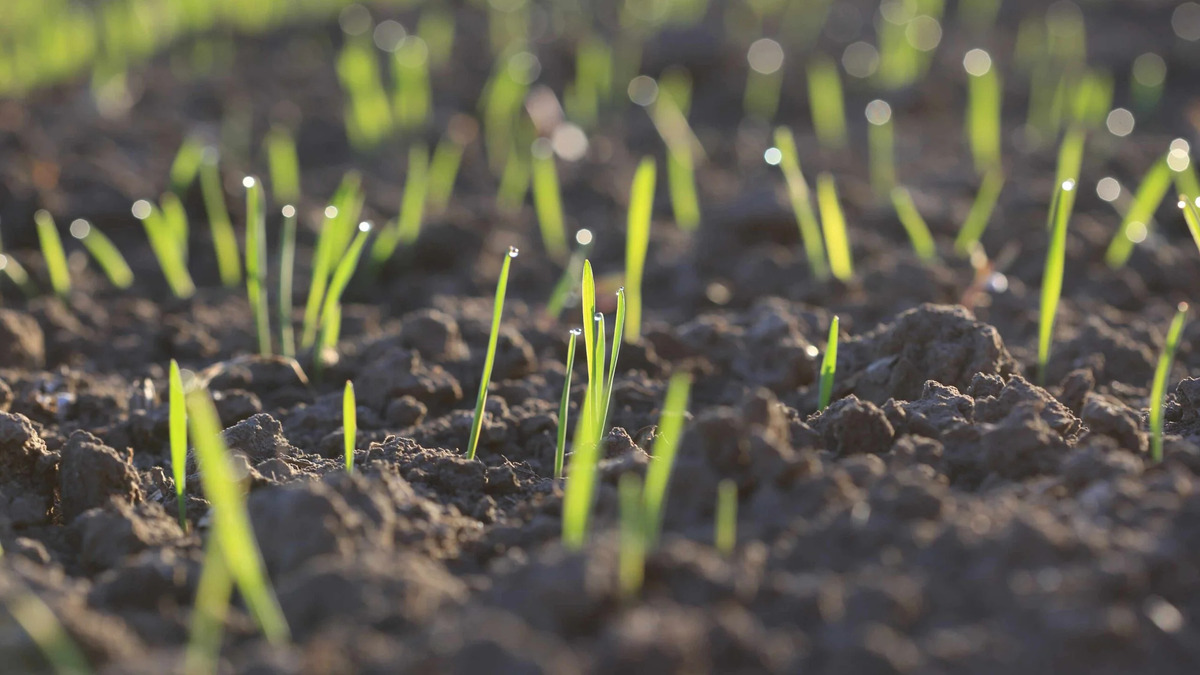
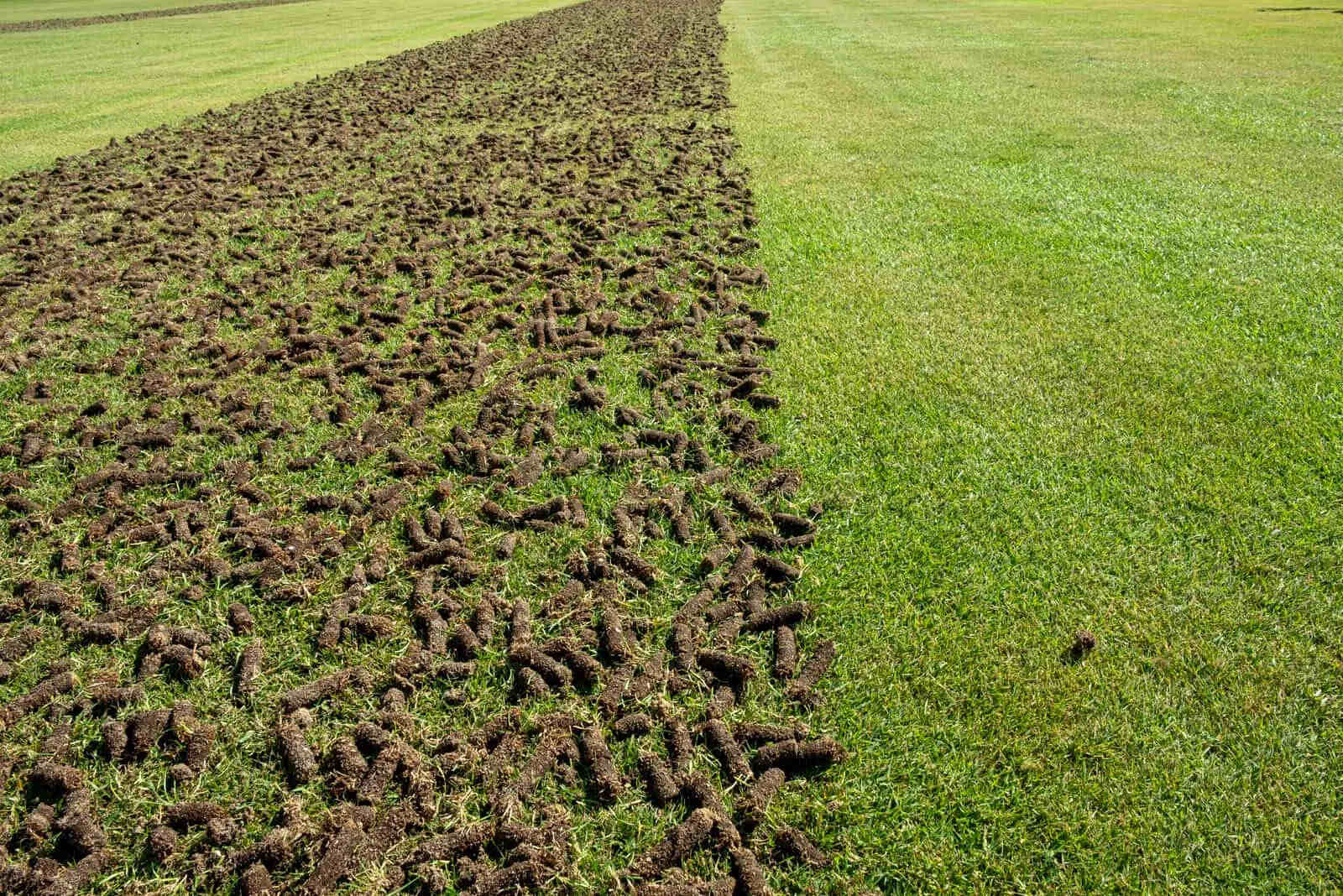

0 thoughts on “How Long To Seed After Weed And Feed”